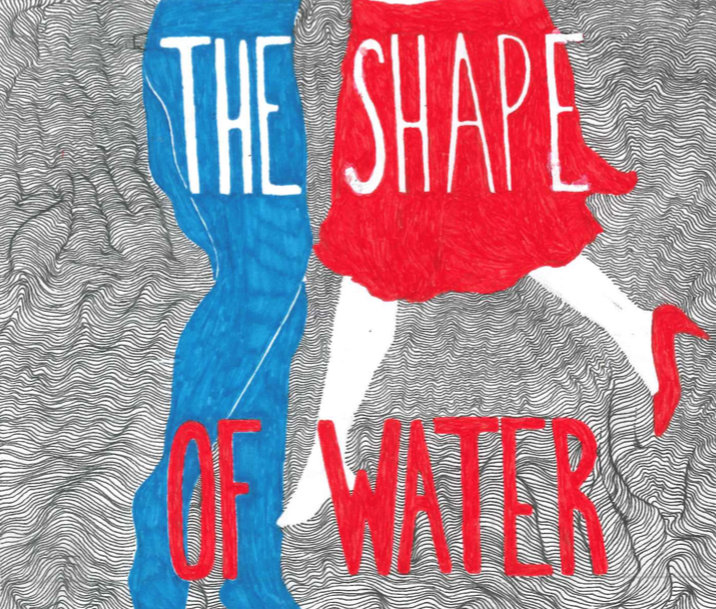The Shape of Water: A Love As Deep As the Ocean
February 26, 2018
Falcon Rating: 3.5/4
Love as the subject for a film is fairly well-trodden ground. There have been so many movies exploring this topic, it’s a wonder there are still fresh, exciting ways to see it.
While I didn’t expect that fresh take to be in the form of a mute woman and the fish-man she falls for, The Shape of Water is one of the most intriguing and heartfelt love stories of late.
The protagonist is Elisa (Sally Hawkins), a mute custodian at a secretive military base in Baltimore, MD at the height of the Cold War in 1962. While working there, she discovers “The Asset” (Doug Jones)—an abused fish-man, and likely the last of his species.
Initially, we only see the savagery of the creature with him biting facility boss Mr. Strickland’s (Michael Shannon) fingers off. Despite seeing such horrors, Elisa determines there must be more than just the creature’s savage side. She makes her introduction with the peace offering of an egg, then music. Upon seeing the way the creature reacts to the serene sounds, you can tell that he is more human than he may seem. What I mean is that while he is still a fish-man, the creature never seems strange—only fantastical.
The mastermind behind this whole project is Guillermo Del Toro, the film’s writer and director. He brings a lot to the table with his unorthodox ideas—most notably, the very concept of the film.
It’s wonderful the way Del Toro is able to make Elisa’s relationship with the creature seem normal. It never feels strange to see the two embrace, and it’s never played as something any different than if he were human.
Every moment between the two feels very natural with them completely ignoring the difference in species in favor of focusing on their feelings for the other. Del Toro’s signature visuals are sprinkled throughout the movie, giving it a welcome level of depth.
But, while this may be Del Toro’s best film yet, it’s not always his best writing. Some specific instances would be when subplots are given too much screen time. One such loose thread involves a Russian secret agent working at the lab that subplot didn’t need so much attention.
Another gripe would be a small pacing issue. Towards the climax, the story drags—but then ten minutes later, the pacing rushes to finish. If the last 20 minutes had been spread more evenly, I think the film would’ve benefitted. This doesn’t spoil the movie, though because it only comes up towards the end.
The reason to watch is without a doubt the performances. The two silent leads of The Shape of Water accomplish so much without words, only utilizing their unlikely but subtle chemistry. The work of Doug Jones underneath the fish-man’s costume is incredible, as he portrays emotions with nothing more than a roll of the shoulders or the slight cocking of his head. And, captivating as he is, I found Sally Hawkins’s performance to be more entrancing. She plays a woman alienated from society, living alone in a small apartment above a cinema. Her lack of voice makes her incapable of connecting with many people, but that’s not the case with her fish-man. The two bond without words in conversations using only their eyes.
There’s a recurring theme in The Shape of Water that the right person can fill whatever hole you have in your life. For Elisa, this incompleteness stems from her inability to speak, but she always feels whole when she’s with the fish-man—exemplified in the dream scene when she speaks to her lover, emptying her heart out. But not only does she speak, she sings a beautiful song.
This piece also appears in our February print edition.










